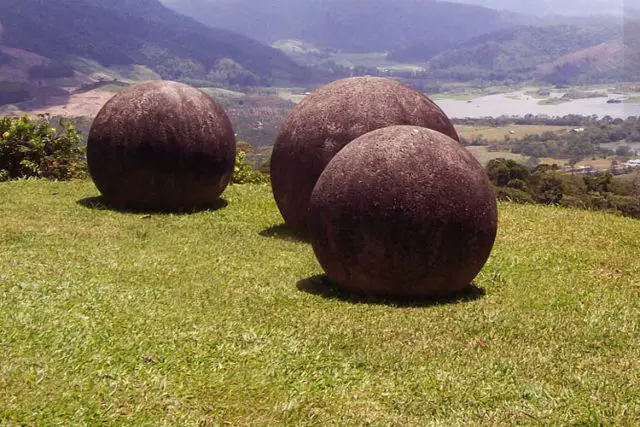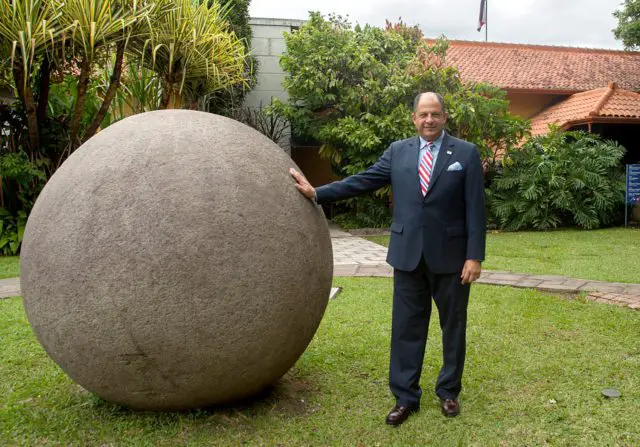The presence in Costa Rica of these -often huge- spherical stones are well known and we have spoken of it extensively in other articles, but remain shrouded in all their mystery about the period of construction, the reason for their existence, and the methods of certainly not simple construction that they exhibit.
These perfect stone spheres were analyzed scientifically for the first time in 1930 and, according to scholars, may have been carved approximately in the 7th century AD, but the reason for this is unknown.

The new research campaign on these pre-Columbian artifacts, some up to 16 tons, is resumed these days in the Osa Peninsula, a remote region in the south of the Central American country, where the findings are particularly concentrated.
The spheres, which number around 300, could be declared a World Heritage Site by UNESCO, at the request of the Government of Costa Rica.
Some texts on the subject, perhaps too imaginative, associate the mysterious spheres with the lost continent, Atlantis, which may have sunk where the Caribbean is today, or even attribute its creation to extraterrestrial visitors. Some more prudent scholars, however, note that the technique used to sculpt them would deny them, being similar to that used for other artifacts from pre-Columbian cultures.
The mysterious stone spheres of Costa Rica in a new museum in the Osa Peninsula
On one side of the road that leads to Sierpe de Osa, there is a path that leads to the past, that is, to the origins of what is now Costa Ricans.
Until recently, visitors who had entered Finca 6 in Palmar Sur, in the Osa Peninsula; would only have seen a large open field surrounded by sparse vegetation. The large lawn carpet is evenly distributed over 10 hectares, interrupted in some places by some gray and round “growths” of the soil.
Some indications and signs helped the curious to locate themselves in that vast and mysterious place: the Parque de las Esferas (Spheres Park). However, from December 7, those who venture into this visit of the pre-Columbian era will have a visitor center that will help them to get their bearings and understand the details of the archaeological park of Finca 6.
This place houses the only museum of the pre-Columbian site in Costa Rica where you can see the stone spheres on a natural scale. The visitor center in its 300 square meters has lockers, toilets, and the exhibition Dí-Crí: cacicazgos in the del Diquís delta.
Nowadays this zone is between Palmar, Cortés and Sierpe, districts of the canton of Osa, province of Puntarenas. These societies had their moment of glory between the years 800 and 1500 AD. These groups, the ancestors of the current indigenous Borucans, had produced the enigmatic spheres of stone that still raise hundreds of questions today. “Despite their aesthetic beauty, they are much more than sculptural objects. These stones must be included in their cultural context. We need to know who they were and what the people who made them were like”.

The visitor center panels tell the visitor what archaeological research has been able to decipher until now about the pre-Columbian ancestors of that region: how was the natural environment that surrounded them, what kind of society was it? What were their issues, what were their ceremonial practices and what was their meaning and use?
Others believe that the rocky spheres of Costa Rica are the remnants of the ancient Atlantic culture that once flourished all over the planet. The rocks would not have been made by Native Americans, but simply inherited and preserved in memory of the Golden Age.
Obviously, as always with these archaeological “anomalies”, these are findings that do not fit into the traditional and linear view of human history, as is the case of the Bimini Wall, the submerged pyramids of Japan and the megalithic structures they occupy every corner of our planet.
The great gift of these enigmatic discoveries is the question: we can still ask ourselves, thanks to these unsolved mysteries, who we are, where we come from and, above all, where we are going.

